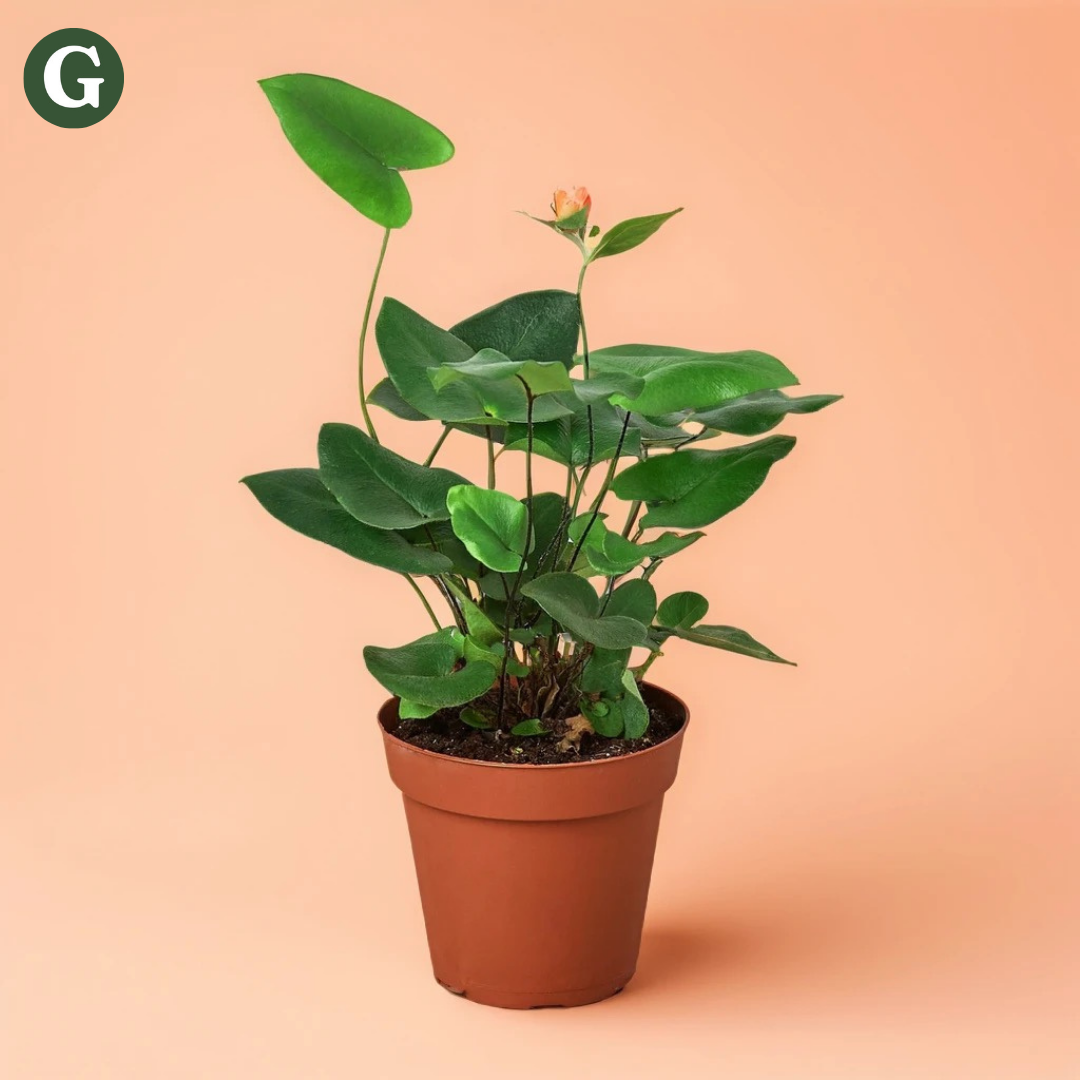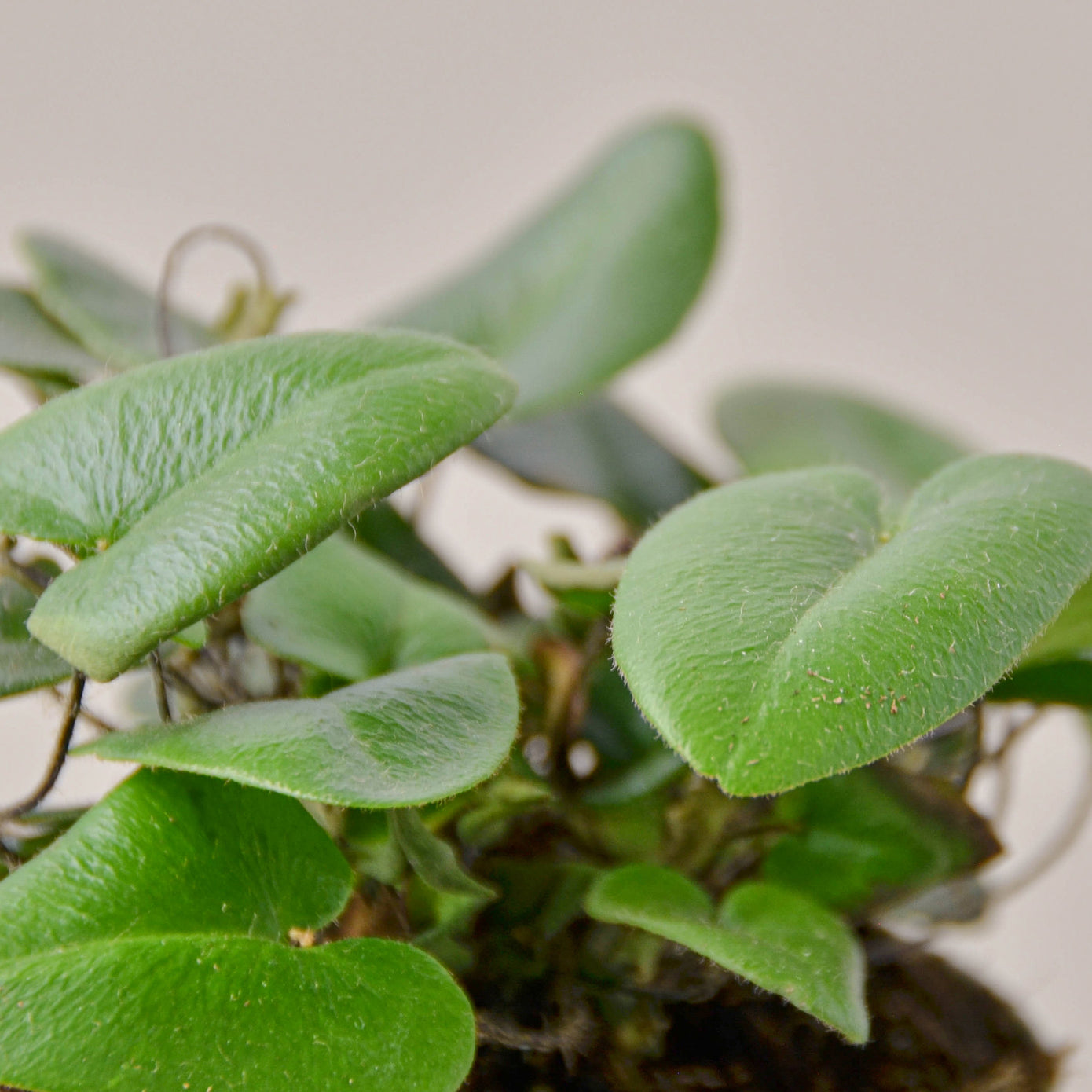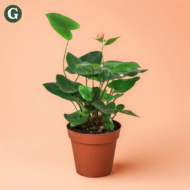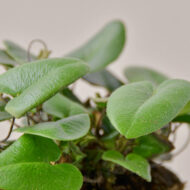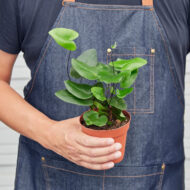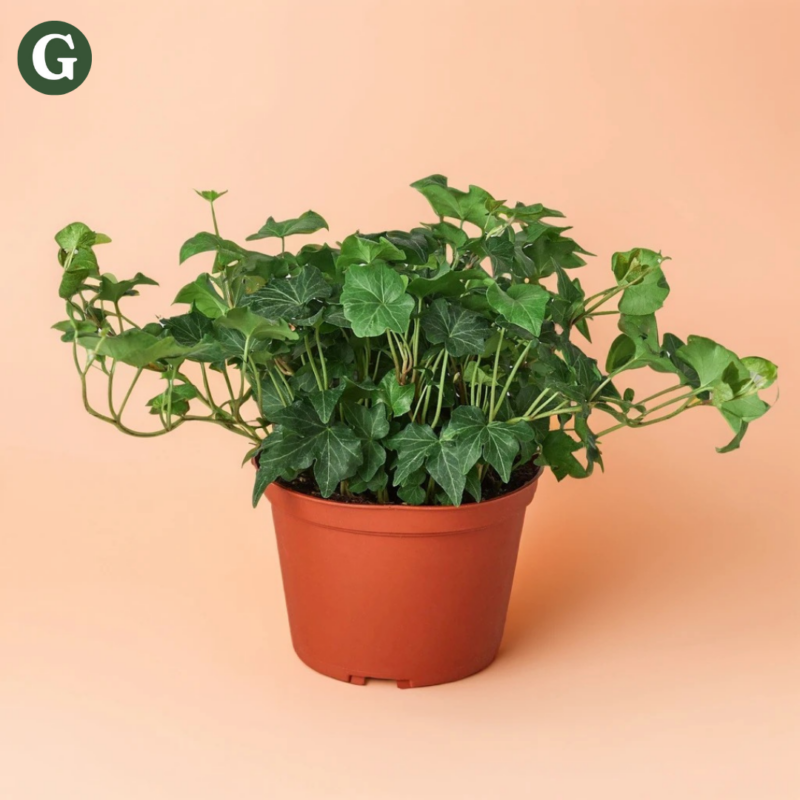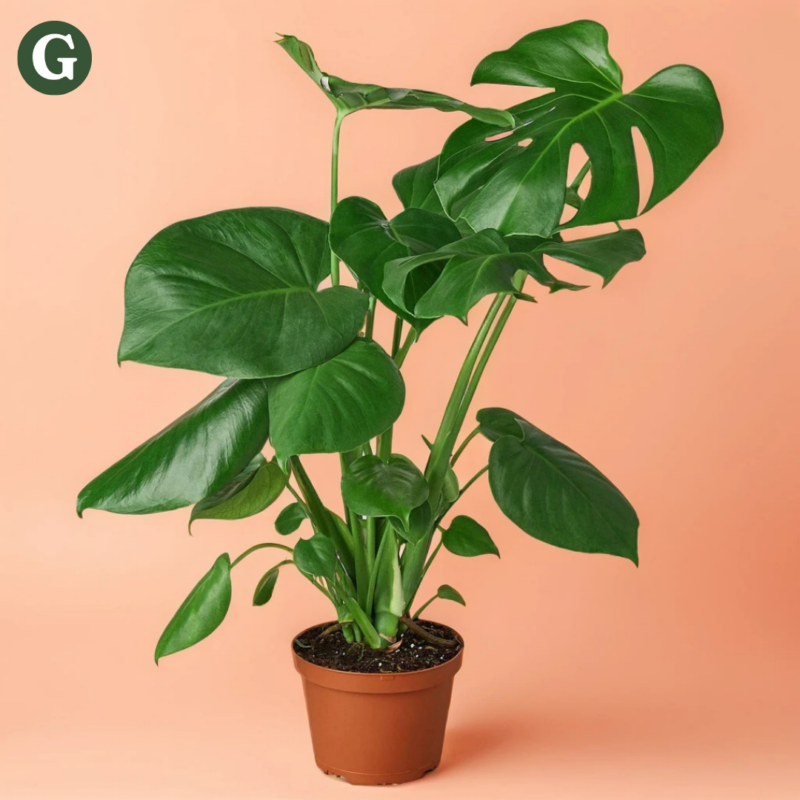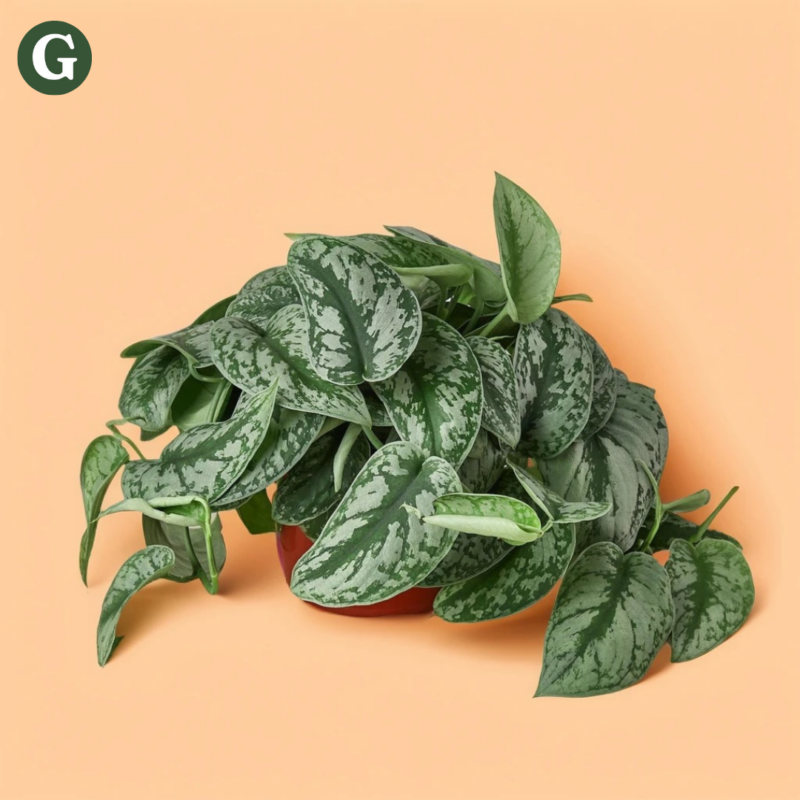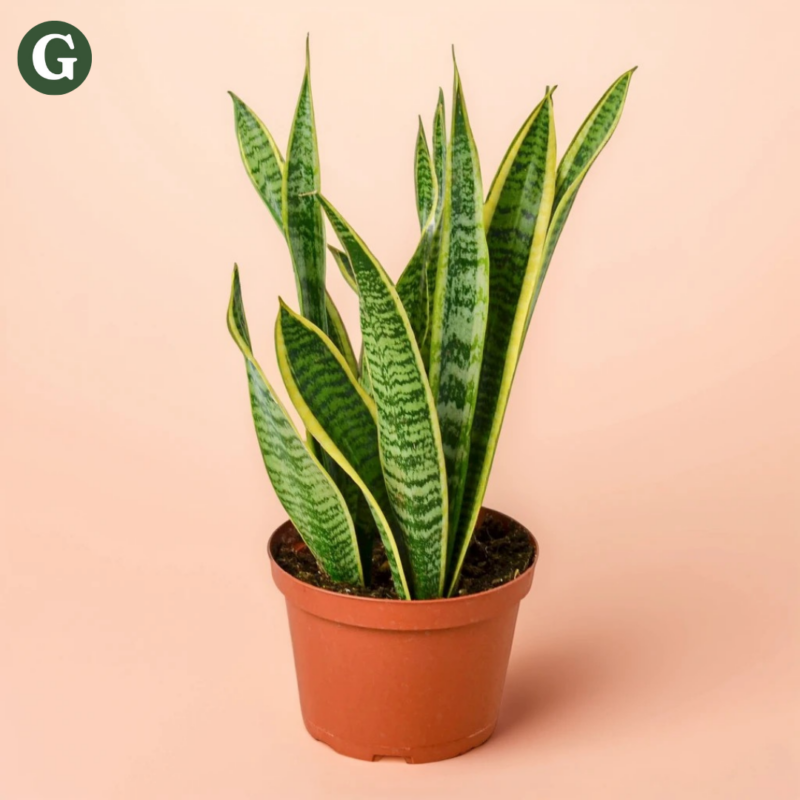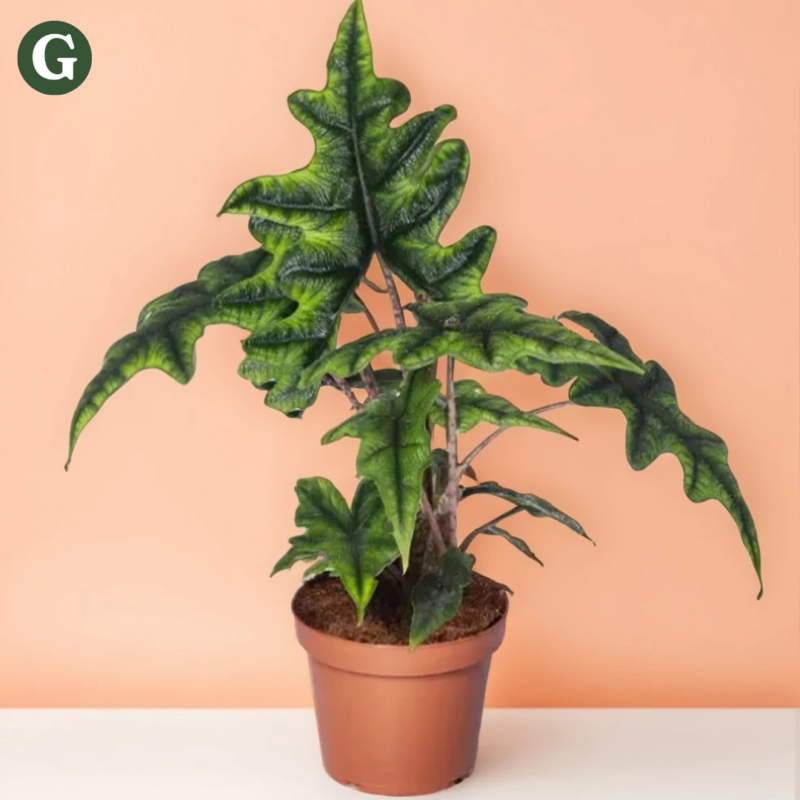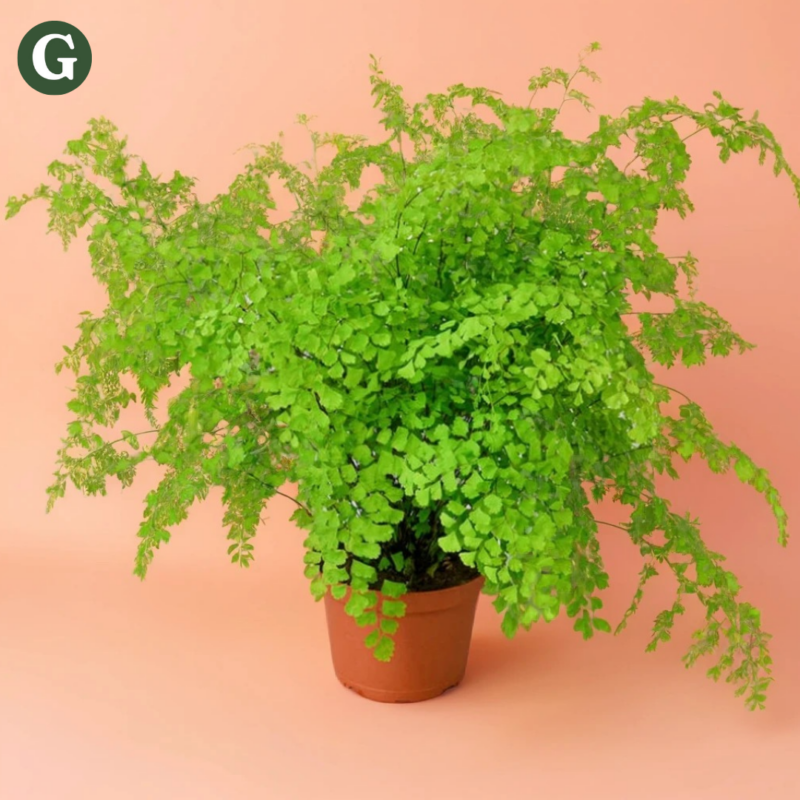Fern Heart
Botanical Name: Polystichum tsus-simense
Common Name(s): Korean Rock Fern, Tsus-simense Fern, Rock Shield Fern, Fern Heart
The Fern Heart is a hardy, evergreen fern that hails from the cool, shaded forests of East Asia, particularly Korea and Japan. This fern is prized for its compact, tidy growth habit and its dense, leathery fronds that form a lush, heart-shaped mound. The fronds are a deep, glossy green, arching gracefully and often described as shield-like in shape, which gives the fern a robust yet elegant appearance. As a slow grower, this plant typically reaches about 12–18 inches (30–45 cm) in height, with a similar spread and does wonderfully as a tabletop or hanging plant, adding a touch of nature to any indoor space.
The Fern Heart thrives in shaded or partially shaded locations, preferring moist, well-draining soil. It's particularly well-suited for areas with dappled light, such as under trees or in corners of the garden that don't receive direct sun. While it can tolerate a bit of morning sun, direct sunlight should be avoided, as it can scorch the delicate fronds, causing them to turn brown or yellow.
One of the standout features of this fern is its cold hardiness. Indoors, it thrives in cool, humid environments, preferring temperatures between 60-75°F (15-24°C). However, it is adaptable to a range of conditions and can do well in more moderate indoor climates.
This fern enjoys consistently moist, slightly acidic soil that drains well. It should be watered regularly, but it's important not to overwater or allow the plant to sit in stagnant water, as this can lead to root rot. Like most ferns, the Fern Heart is sensitive to dry conditions, so it’s important to maintain moisture in the soil, particularly in warmer environments. Regular misting or placing the fern on a humidity tray can help maintain the ideal humidity levels for healthy growth.
In terms of maintenance, the Fern Heart is relatively low-maintenance. It doesn’t require much pruning, but removing any dead or damaged fronds will help keep the plant looking neat. Due to its slow growth rate, this fern doesn’t need frequent repotting and is an excellent choice for container gardening, where it will stay compact for an extended period.
Note: The Fern Heart is non-toxic to pets, making it a safe choice for homes with cats and dogs. Whether in a garden or as part of an indoor collection, this fern adds a touch of elegance and hardiness to any environment.
Care Insights & Expert Tips
- Repotting: Repot every 2-3 years, or when the fern becomes root-bound.
- Prune regularly: Cut off any yellowing or damaged fronds to maintain the fern’s tidy appearance. This can also encourage new growth.
- Avoid dry conditions: When grown indoors, mist regularly or place plant in a humidity tray. Very dry air can damage the plant.
- Avoid overfertilizing: Ferns generally don’t require heavy feeding. Too much fertilizer can lead to excessive growth and weaker foliage. Fertilize only once a month during the growing season.

Visit our plant care library
Find essential tips to keep your plants thriving, vibrant, and healthy.
